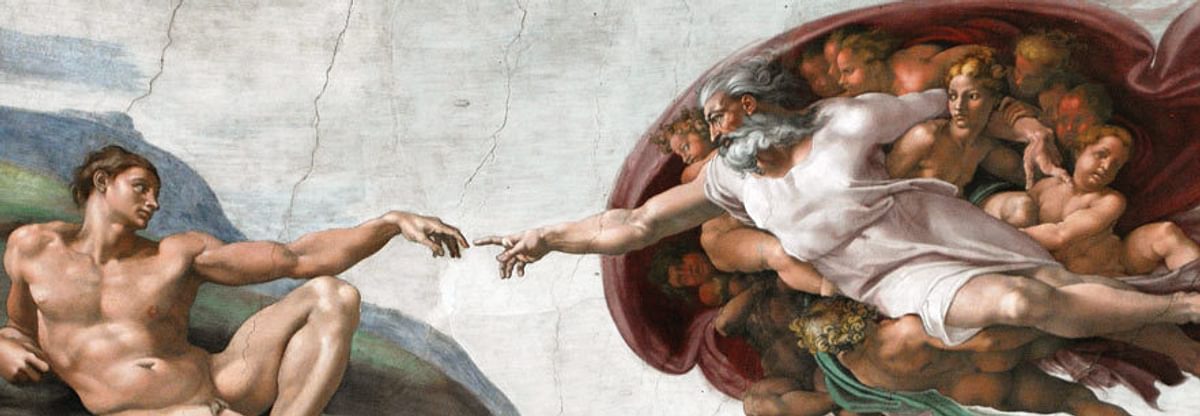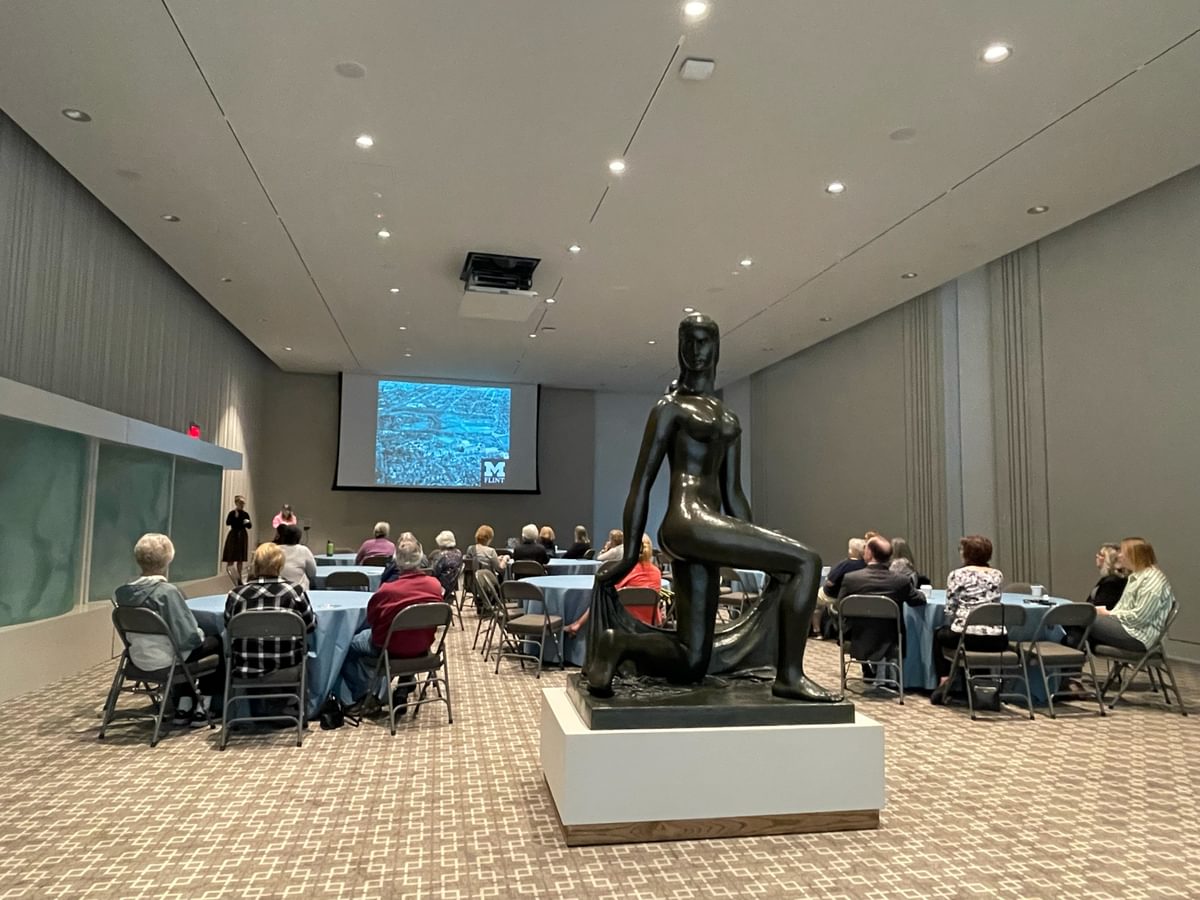

SHEPPY DOG FUND LECTURE
Dr. Noah Charney, Guest Lecturer
Dr. Noah Charney, the internationally acclaimed bestselling author and art historian specializing in art crime, will present two independent lectures on the same day. Following each lecture is a Q&A and book signing in the Lobby. Pre-register to enjoy a boxed lunch for $13 with complimentary tea and coffee prepared by the Palette Café from 12:00p to 1:30p in Isabel Hall.
Reservations for the Lunch have closed. Please register for the 2:00p & 6:00p lectures at the links below.

The Thefts of the Mona Lisa
July 18 | 2p | FIA Theater | FREE Admission
Dr. Noah Charney, Guest Lecturer
Leonardo da Vinci’s portrait, the Mona Lisa, is without doubt the world’s most famous painting. It achieved its fame not only because it is a remarkable example of Renaissance portraiture, created by an acclaimed artistic and scientific genius, but because of its criminal history. The Mona Lisa was stolen in 1911 by an Italian man that was under the mistaken belief that the Mona Lisa had been stolen during the Napoleonic era, and he wished to take back for Italy one of his country’s greatest treasures. His successful theft of the painting from the Louvre, the farcical manhunt that followed, and the subsequent trial in Florence were highly publicized, sparking international media attention, and catapulting an already admired painting into stratospheric heights of fame. Charney’s lecture reveals the art and criminal history of the Mona Lisa.

Brushed Aside: The Untold Story of Women in Art
July 18 | 6p | FIA Theater | FREE Admission
Dr. Noah Charney, Guest Lecturer
How many female artists can you name? Frida Kahlo, Georgia O’Keeffe, Marina Abramovic? What about female curators, critics, patrons, collectors, muses, models, and art influencers? Dr. Charney will discuss the role, influence, and empowerment of women through art—including women artists, but going beyond those who have taken up a brush or a chisel. He will show that not only have there been scores of great women artists throughout history, but that great women have shaped the story of art.




